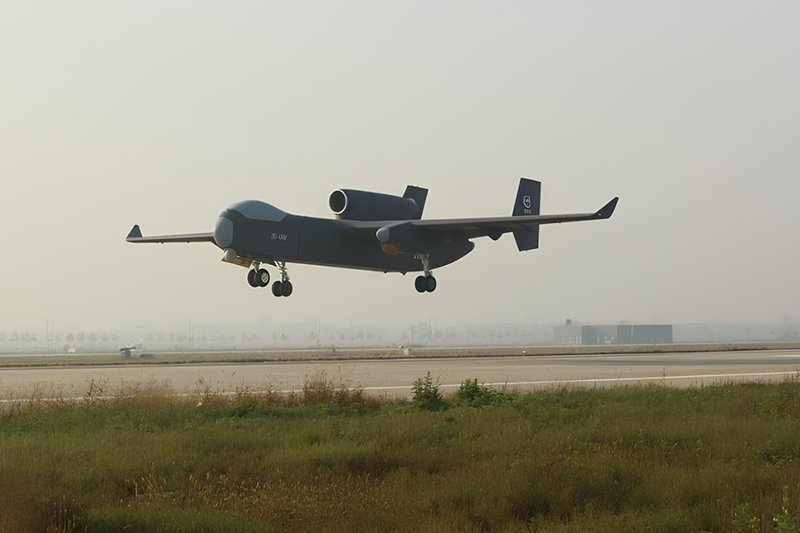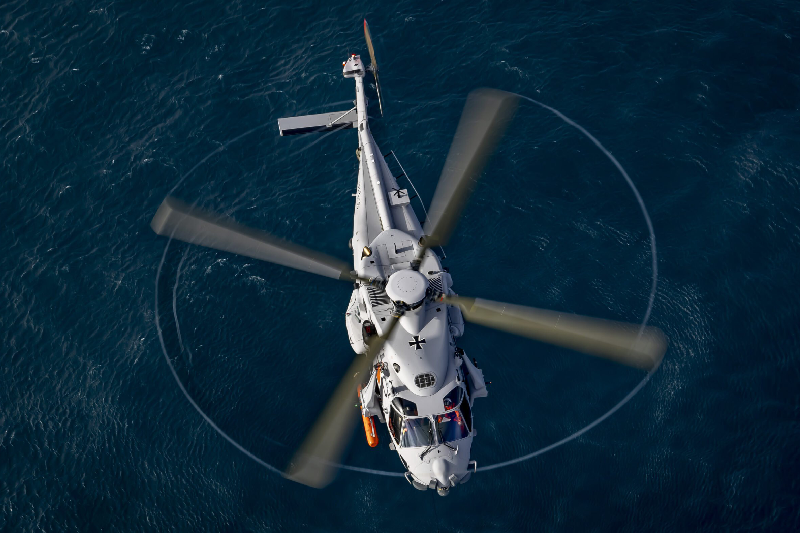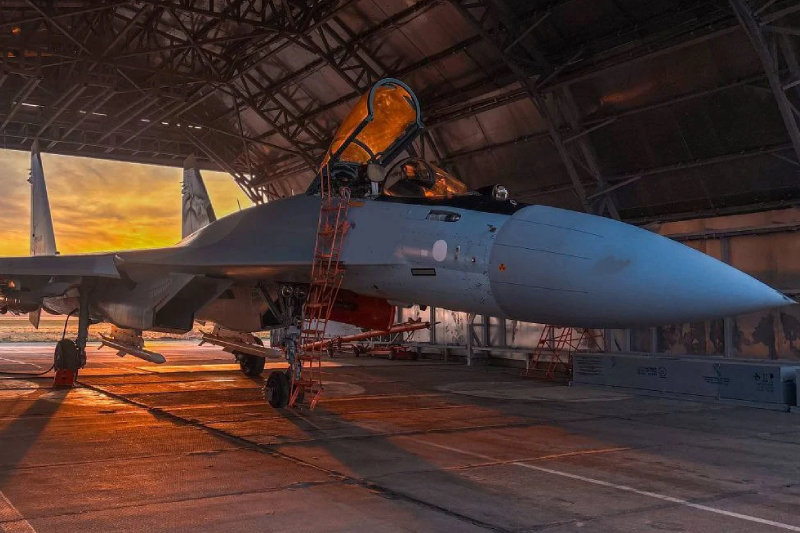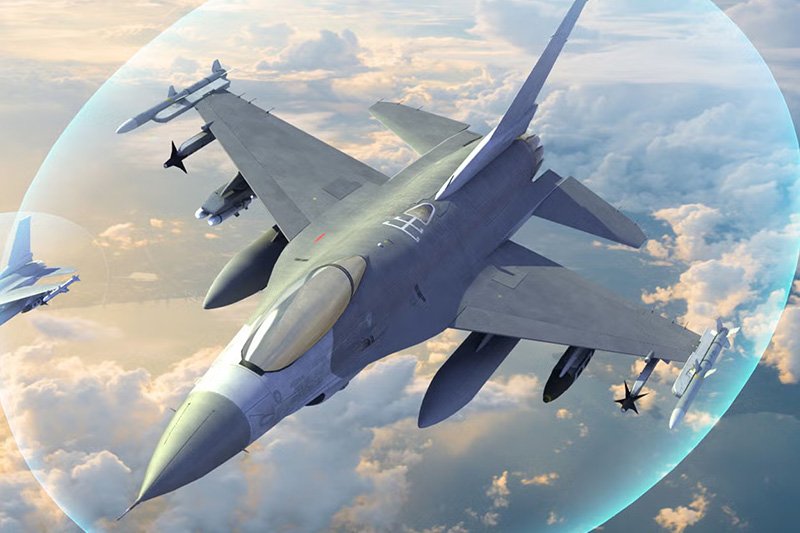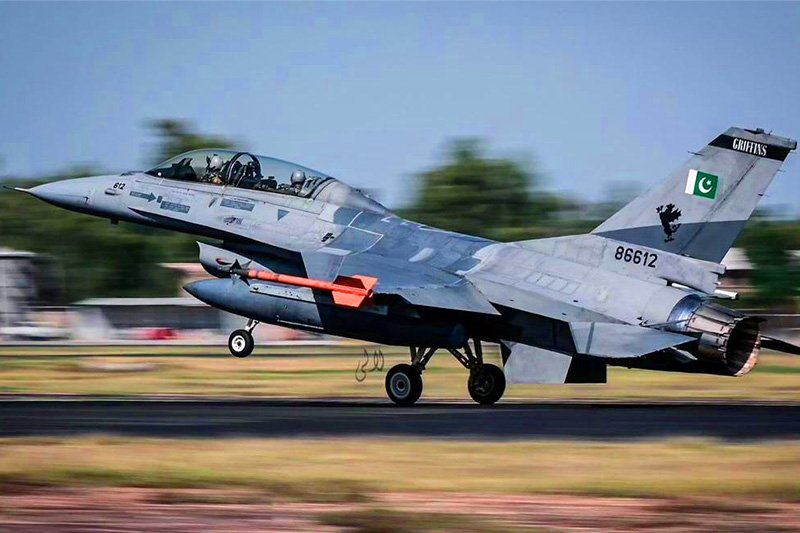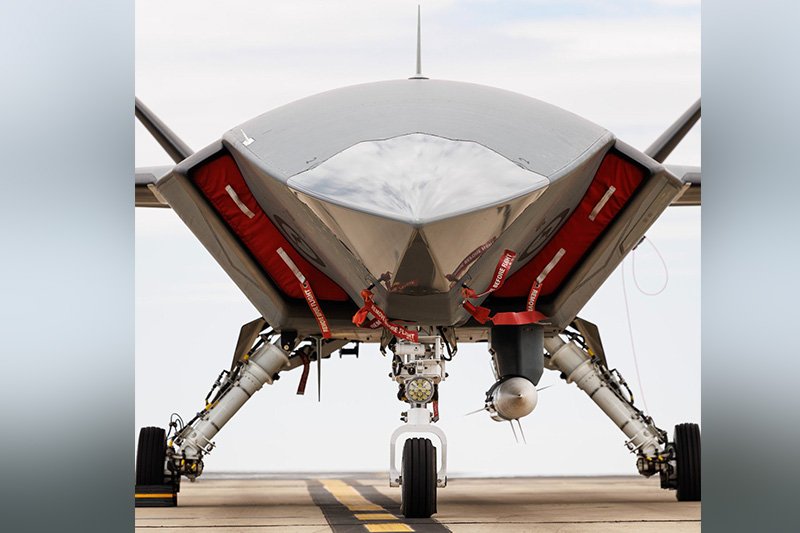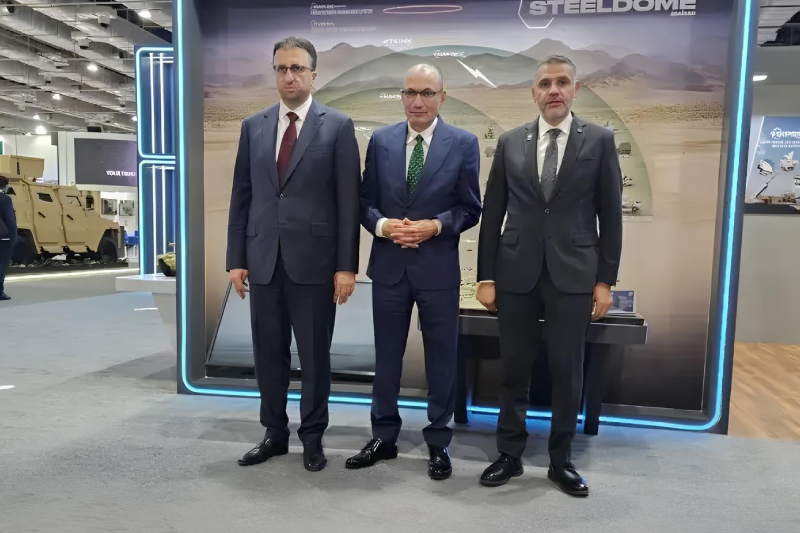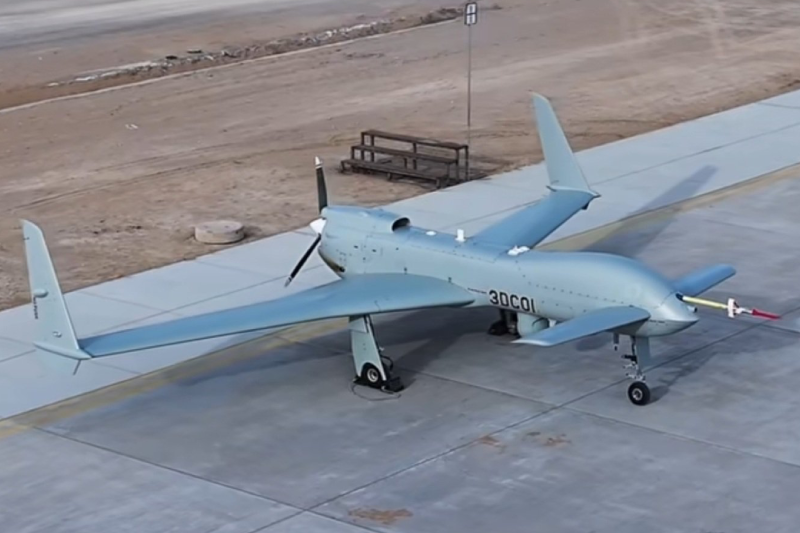China Unveils New Armed Drone to Challenge Bayraktar TB2 Dominance
China’s state-owned aviation giant AVIC is conducting comprehensive testing of the CH-3D combat drone, a medium-altitude, long-endurance platform designed to compete directly with Turkey’s globally successful Bayraktar TB2. The CH-3D drone incorporates advanced satellite communications and enhanced operational capabilities intended to challenge the market dominance established by the Turkish unmanned aerial vehicle across multiple conflict zones. Unlike competitors who have attempted to replicate the TB2’s design, AVIC’s CH-3D drone pursues a strategy emphasizing technical superiority through satellite communications, extended endurance, and improved aerodynamic efficiency that could provide decisive operational advantages.
Strategic Market Competition Context
The Bayraktar TB2 has established itself as a global leader in the medium-altitude, long-endurance unmanned aerial vehicle category through combat successes in Syria, Libya, Iraq, Nagorno-Karabakh, and Ukraine. The TB2’s battlefield effectiveness combined with relatively affordable procurement costs has made it among the most sought-after UAVs in international arms markets.
This market success has prompted numerous manufacturers worldwide to develop competing systems, though many have pursued simple replication strategies rather than technical innovation. China’s approach through the CH-3D represents a departure from imitation toward capability enhancement that addresses TB2 limitations.
Satellite Communications Capability
The CH-3D’s most significant technical advancement is its integrated satellite communications antenna system, enabling operations over extended distances without reliance on line-of-sight radio links. This capability allows operators to maintain control and conduct missions in environments where conventional communications face limitations or prove ineffective.
The SATCOM integration provides decisive advantages in scenarios requiring operations beyond conventional radio range, particularly in contested electromagnetic environments or geographically isolated regions. This capability surpasses the Bayraktar TB2’s reliance on line-of-sight communications, enabling more flexible operational employment across diverse mission scenarios.
Aerodynamic Efficiency Enhancement
The CH-3D incorporates retractable landing gear, a design element that significantly improves aerodynamic efficiency compared to fixed landing gear configurations. This enhancement translates directly into longer flight endurance and expanded operational radius, extending the drone’s mission capabilities.
The aerodynamic improvements enable extended loitering time over target areas while reducing fuel consumption during transit phases. These efficiency gains prove particularly valuable for intelligence, surveillance, and reconnaissance missions requiring persistent overhead presence.
Performance Specifications
According to available specifications, the CH-3D achieves up to 20 hours airborne endurance with a maximum service ceiling of 7,200 meters and cruising speed around 280 kilometers per hour. The maximum takeoff weight of 700 kilograms enables substantial payload capacity for sensors and weapons systems.
These performance characteristics position the CH-3D competitively within the MALE UAV category, providing sufficient endurance for extended missions while maintaining operational flexibility across varied altitude and speed requirements. The specifications suggest capability parity or superiority compared to TB2 in several key performance parameters.
Precision Strike Capabilities
The platform’s payload flexibility enables carriage of diverse precision-guided munitions including air-dropped bombs and guided missiles. This weapons integration positions the CH-3D as a versatile strike asset suitable for reconnaissance, close air support, and precision strike missions across the operational spectrum.
The combination of extended endurance, improved communication systems, and enhanced weapons loadout creates a comprehensive capability package that addresses multiple mission requirements simultaneously. This versatility proves essential for export customers seeking multi-role platforms rather than specialized systems.
Market Differentiation Strategy
AVIC’s approach emphasizes technical superiority rather than simple imitation of the Bayraktar TB2’s proven design. This strategy seeks to capture market share by offering more capable and adaptable systems that address TB2’s operational limitations while maintaining competitive pricing.
The differentiation strategy recognizes that successful market competition requires either matching incumbent capabilities at lower costs or providing superior performance that justifies premium pricing. AVIC appears to pursue the latter approach through enhanced technical capabilities.
Global Armed Drone Market Dynamics
China’s entry into this market segment occurs amid growing global demand for armed drones, with numerous countries seeking affordable yet capable alternatives to American and Israeli-made systems. The Bayraktar TB2’s success has established high performance benchmarks that new entrants must match or surpass.
The expanding market reflects widespread recognition of armed drones’ battlefield effectiveness demonstrated across recent conflicts. Nations previously unable to afford sophisticated unmanned systems now seek accessible options that provide similar capabilities at reduced costs.
Export Market Strategic Objectives
For Beijing, the CH-3D represents more than incremental product development it constitutes a strategic effort to expand China’s presence in the lucrative UAV export market while challenging Turkey’s dominance in a category that has reshaped modern warfare fundamentals.
Chinese defense exports have grown substantially across multiple domains, with unmanned systems representing particularly promising export opportunities. The CH-3D’s development aligns with broader Chinese objectives to establish market presence in high-demand defense technology categories.
Operational Advantage Assessment
The CH-3D’s satellite communications capability provides clear advantages in beyond-line-of-sight scenarios where conventional TB2 operations face limitations. This technical superiority could prove decisive for customers operating across expansive territories or requiring operations beyond ground control station ranges.
However, operational advantage depends on multiple factors beyond individual system capabilities, including operator training, maintenance infrastructure, intelligence support, and integration with broader military systems. Technical specifications alone do not guarantee operational superiority without supporting ecosystem development.
Cost-Effectiveness Considerations
While technical specifications suggest capability advantages, the CH-3D’s market success ultimately depends on cost-effectiveness relative to the Bayraktar TB2 and other competitors. The TB2’s market dominance stems partly from its balance between capability and affordability rather than pure technical superiority.
Chinese defense exports typically emphasize competitive pricing as a key market advantage, though exact CH-3D pricing remains undisclosed. The platform must achieve favorable cost-performance ratios to compete effectively against established systems with proven operational records.
Combat Validation Requirements
Despite impressive specifications, the CH-3D lacks the extensive combat validation that has established the Bayraktar TB2’s reputation. Prospective customers often prioritize proven operational effectiveness over theoretical performance advantages when making procurement decisions.
The TB2’s battlefield successes across multiple conflicts provide compelling evidence of reliability and effectiveness that no amount of testing can fully replicate. The CH-3D must eventually demonstrate similar operational effectiveness to compete at the highest market levels.
Regional Security Implications
China’s expansion into the armed drone export market carries broader regional security implications, potentially altering military balance calculations across multiple regions. Widespread CH-3D proliferation could impact conflict dynamics in areas where Chinese influence competes with Turkish and Western interests.
The availability of capable, affordable Chinese drones enables nations to develop strike capabilities previously limited to major military powers. This democratization of precision strike technology reshapes regional security environments and conflict escalation dynamics.
Technology Transfer & Industrial Cooperation
Chinese defense exports frequently include technology transfer and industrial cooperation arrangements that appeal to nations seeking domestic defense industrial development. The CH-3D program may incorporate such arrangements to enhance market competitiveness beyond pure platform capabilities.
These industrial cooperation frameworks create long-term relationships between China and customer nations while building indigenous capabilities that reduce dependence on continued imports. This approach often proves more attractive than pure procurement relationships, particularly for nations prioritizing defense industrial autonomy.
Also read this: South Korea Secures US Approval For Maverick Missile Purchase
Future Development Trajectory
The CH-3D likely represents an initial entry into ongoing competition rather than a final product, with future variants incorporating additional capabilities as technology evolves and operational feedback accumulates. Continuous development will prove essential for maintaining competitiveness in rapidly advancing unmanned systems markets.
AVIC’s extensive experience in manned and unmanned aircraft development provides institutional capabilities for sustained platform evolution. The company’s resources enable systematic capability enhancement that keeps pace with or exceeds competitor developments across extended timelines.
Keep connected with us at Facebook, Twitter, YouTube, Instagram & TikTok for latest defense happening around the globe.
Discover more from International Defence Analysis
Subscribe to get the latest posts sent to your email.


